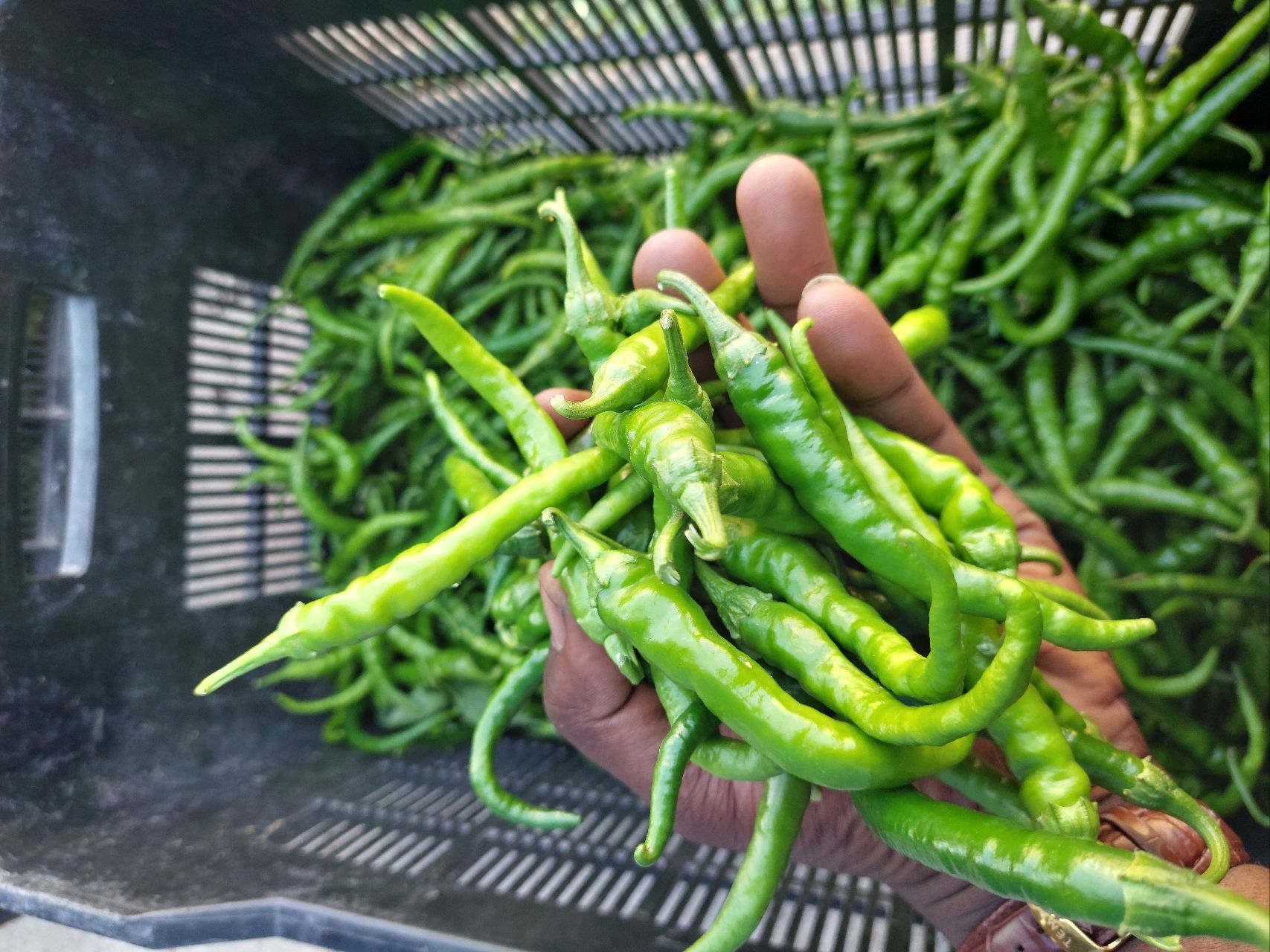
Marketing your crops effectively and reaching new customers in Europe and China can be a great opportunity for farmers to expand their business and increase their profits. However, entering these markets requires careful planning and execution, as well as knowledge of the market conditions, preferences, and regulations.
The first step to market your crops effectively in Europe and China is to know your market. You need to conduct research on the market trends, demands, and regulations. For example, China is the world’s largest agricultural importer, and the demand for soybeans, meat, and dairy products is rising. In Europe, consumers are increasingly interested in organic and sustainable food products, and many countries have strict regulations on pesticides, labeling, and animal welfare.
After understanding the market demand and regulations, the second step is to assess your own product capacity, quality, and costs. You need to know what kind of crops you can grow, how much you can produce, how you can ensure consistent quality and safety, and how you can reduce your production costs. It is important to take into account the environmental and social impacts of your farming practices, as many customers in Europe and China are increasingly concerned about sustainability and ethics.
The third step is to identify the best options for exporting your crops. You need to consider factors such as transportation, logistics, packaging, labeling, documentation, customs clearance, tariffs, taxes, exchange rates, payment methods, contracts, insurance, and dispute resolution. You also need to decide whether you want to export directly to buyers or through intermediaries such as traders, brokers, agents, or cooperatives. Each option has its advantages and disadvantages that you need to weigh carefully.
Finally, you need to seek support from various sources that can help you overcome the challenges and risks of entering new markets. You can look for support from government agencies, trade associations, extension services, research institutions, NGOs, or other farmers who have experience in exporting. They can provide you with information, training, advice, funding, technology, certification, networking, or advocacy that can enhance your competitiveness and access to new customers.
In summary, marketing your crops effectively and reaching new customers in Europe and China can be a profitable venture, but it requires careful planning and execution. Knowing your market demand and regulations, assessing your product capacity and costs, identifying the best options for exporting, and seeking support from various sources can help you succeed in these competitive markets. By being flexible and adaptable, and learning from your experiences, you can build a strong and sustainable business that benefits both you and your customers.


















